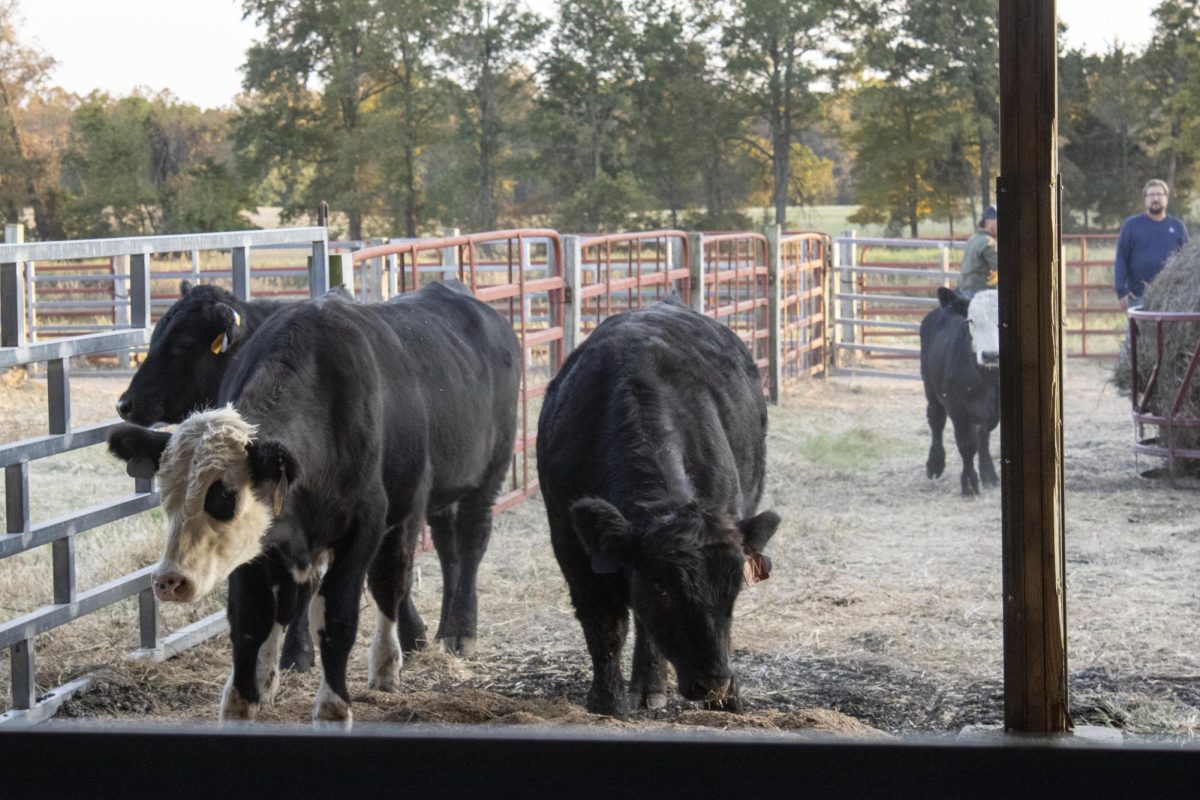Get out with Ord
September 2, 2008
Hiking is literally one of the most poetic activities a human can experience – just read a few lines of Robert Frost’s “Stopping by Woods on a Snowy Evening” or “The Road Not Taken” for proof.
Thankfully, you, reader, have several opportunities to be a part of the poetry and natural beauty of this pastime.
Southern Illinois boasts over 300 miles of marked trails, 30 miles of which are exclusively for hiking, according to the Shawnee National Forest Web site.
Advertisement
The trails range in difficulty from easy, paved trails to technical and physically challenging routes. They also vary in distance, ranging from two-tenths of a mile to the approximately 160-mile-long River-to-River Trail, which runs from the Ohio River to the Mississippi River.
John O’Dell, founder and chairman of the River-to-River Trail Society, said the trail is the second longest in Illinois, only after the Grand Illinois Trail. He said the River-to-River Trail is a more worthwhile hike than the Grand Illinois Trail because it allows hikers to walk through areas of wilderness.
“One of the things I notice in the difference between our trails and other trails is that our trails have these big rock monuments, like Battery Rock or Tower Rock,” O’Dell said.
Hiking is an easy and inexpensive pastime, said Erin Seekamp, an assistant professor in the forestry department. She said the only equipment necessary is a sturdy pair of shoes and a bottle of water.
Seekamp said her favorite trail is the Rimrock Trail in the Pounds Hollow National Recreation Area.
“It’s a great place to go when it’s hot because there’s a natural spring at the bottom that makes it cooler. There are some really great geological features and some unique vegetation (along the trail) as well,” she said.
Seekamp suggests wearing insect repellent while hiking and staying on the marked trail to avoid ticks and chiggers. She added that hikers should be wary of snakes on the trail.
Advertisement*
Snakes feel vibrations from hikers’ feet and often move off the trials before the hikers reach them, but hikers should be careful not to startle the animals and to wait for them to move off the trail before continuing.
Benefits of hiking include better physical and mental health. It’s a cardiovascular workout as well as being a way for people to get outside and escape stress, O’Dell said. Hiking also provides people with a chance to experience southern Illinois’ natural environment.
“I got into plant biology and ecology because I spent a lot of time as a kid outside hiking around. You never know what you’re going to find out there,” said Ryan Campbell, a graduate student from Batavia studying plant biology.
O’Dell said most weather conditions are conducive to hiking, though August is the most uncomfortable month because of the heat and humidity. He said the best hiking season is based on personal preference.
Seekamp said she likes hiking in early spring because she enjoys the cool, crisp temperatures and the newly blooming wildflowers.
Some good starting trails for beginning and casual hikers are the Garden of the Gods Observation Trail and the Little Grand Canyon Trail, O’Dell said. He said Giant City State Park is a great hiking area for students because of its proximity to campus and the diverse scenery in the park, which includes rock monuments, foliage and wildlife.
“It’s really just a process of discovery,” Campbell said. “As an adult, you’re reawakening what you once had as a kid, and that’s that sense of discovery you have when you go out into the natural world.”
For more information about trails in the Shawnee National Forest, visit their page.
Audra Ord can be reached at 536-3311 ext. 275 or at [email protected].
Advertisement








